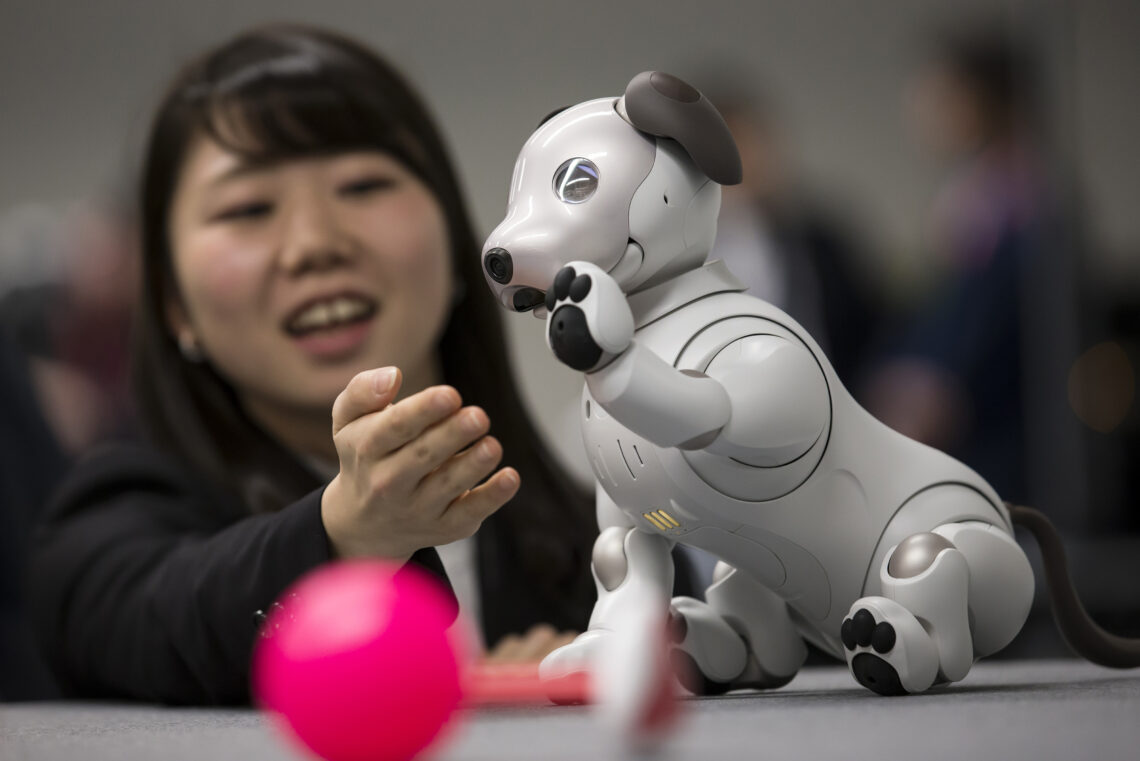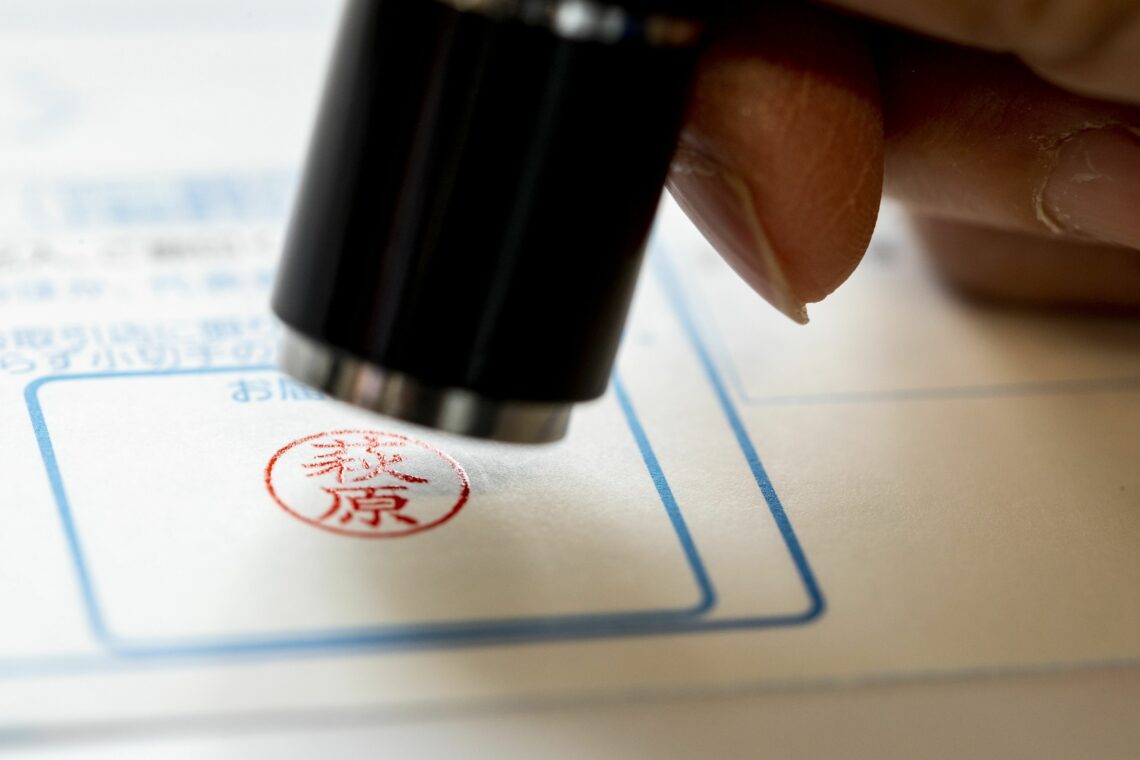Japan’s innovation struggle
With a growing Chinese presence in Asia, it is crucial for Japan to maintain its position as one of the most technologically advanced countries in the world. In order to stay competitive, Japan needs to develop a more creative approach to management and industrial innovation.

In a nutshell
- Japan is planning ambitious administrative reforms
- The country is outpaced by South Korean innovation
- The Japanese education system will need to adjust
Recently the English language daily The Japan Times carried the headline “Kono declares war on the fax machine.” In the recent reshuffle of the Japanese cabinet, following the election of Yoshihide Suga as prime minister and head of the ruling Liberal Democratic Party (LDP), LDP heavyweight Taro Kono was nominated minister for administrative reform. His difficult but promising task will be to bring the cumbersome Japanese bureaucracy up to speed.
In Japan, important documents have to be printed out and faxed rather than scanned and e-mailed, the reason being the use of the hanko, a personal stamp needed for authentication. According to some estimates, 95 percent of all businesses in Japan still use the fax machine. While younger Japanese will welcome Minister Kono’s initiative, there is also considerable reticence against doing away with the hanko. Mr. Kono had to clarify that he is not against this age-old custom, which is a significant part of individual pride and identification.
Germanic club
Looking at the traditional machine industry, there are five locations in the world that have been at the forefront of innovation: Bavaria and Baden-Wurttemberg in Germany, Vorarlberg in Austria, German-speaking Switzerland and Japan. The presence of Japan in this “Germanic club” dates back to the time of the Meiji Restoration in the last three decades of the 19th century. During that immense push for modernization, the Japanese looked to Europe for role models, and Germany was a favorite in many fields.
When it comes to consumer goods, Japan is the most difficult market in the world.
Irrespective of the cultural and geographical distance between these five locations, they have two things in common. Firstly, in all these areas small and medium-sized enterprises (SMEs), to a large extent family firms, play an important role and have strong local roots. The workforce is generally well-trained and there is a natural inclination toward quality and constant improvement. These places are not home to gigantic projects like the Great Wall or the Grand Canal in China. These are the lands of the dutiful tinkerer whose main goal in life is to improve a highly specialized product.
Most foreigners know Japanese global brand names like Toyota, Nissan, Panasonic or Fujitsu. But Japan also has a very vibrant industrial and service sector, where SMEs play an important role. In the most industrialized prefectures, these smaller firms play an important role in providing job opportunities and tax revenue. There are numerous Japanese SMEs, unknown to the general public, which cover huge market shares in their fields of specialization. In some cases, they even dominate the world market.
Japan does not have any raw materials or energy sources. It has very limited land that can be used for agriculture. The climate is harsh and the islands are prone to frequent environmental disasters. To survive in such a challenging environment requires constant self-improvement.
This drive for betterment is the basis of Japanese innovation. When it comes to consumer goods, Japan is the most difficult market in the world. Whoever succeeds there will succeed anywhere else in the world. Japanese customers, particularly the younger generations, expect products to be upgraded and modified as tastes change and new trends gain traction.
Interestingly enough, the drive for innovation is not limited to products. It is also prevalent in its exceptional service industry. Japan is a country without castes, where services, whatever social function they may fulfill, are highly appreciated. There is no stigma attached, unlike in Western societies where there are clear hierarchies in terms of social status.
Enhancing automatization
Japan is the world leader in robotics. Currently, the country has the world’s largest number of robots in operation in a broad spectrum of industries and services. Japan is also the world’s largest exporter of robots. Originally, the rapid expansion of the robotics industry had to do with a certain playfulness toward technological innovation, like the famous robot dog Aibo. Often, when the Japanese bring a whimsical new robotic product to the market, the reaction is to belittle it as a typical Japanese quirk. This attitude is a misunderstanding of the process of Japanese innovation; very often, this lighthearted innovation finds pragmatic applications.

The main driver in robotics is Japan’s problematic demography. Its population is shrinking and aging rapidly. As the country does not want to allow in large numbers of immigrant laborers, there is no other option to avoid severe bottlenecks on the labor market except to enhance automatization. Robots have to fill ever more activities.
Need for creativity
Japan’s modernization began in the late 19th century and copied many Western achievements, from the political system to industrialization, law and institutions of higher learning. For models, the Japanese looked to Germany, Britain and France. The country proved so apt at grasping the lessons of Europe that within half a generation, it managed to jump from medieval feudalism to industrial revolution.
The Pacific War was a huge setback, and Japan had to start from scratch after capitulating in 1945. Soon enough, the country recuperated, building up an industry that produced cheap consumer goods. In the 1960s, the “made in Japan” label was equal to what two decades later was associated with products “made in China.” Japanese goods were cheap, carried little prestige and were mostly copies of Western products.
This changed substantially when Japan entered the boom years in the mid-1970s. By the 1980s, it was so successful that Americans and Europeans became worried about what they saw as the new superpower in the Far East. Most remarkably, Japan entered an age of top-notch technical innovation. A nation of some 123 million people suddenly became the market leader in a wide range of products, from cars to cosmetics, architecture to fashion, robotics to pharmaceuticals. However, before the 20th century was over, the image of Japan suffered a serious dent. The speculative bubble burst and decades of low growth, stagnation and even deflation ensued.
Unlike neighboring China, Japan is not a country of revolutions and upheaval.
However, in the past 10 years there has been a little-noticed trend in the field of innovation: South Korean companies have started to overtake their Japanese competitors. This happened primarily in soft industries such as entertainment, fashion and design. This change was the indication of a serious gap in the Japanese perception of innovation. As mentioned before, the Japanese were very successful at incremental changes, at constantly modernizing products and procedures. However, the creative spark was lacking. This shortcoming has become all the more worrying in the 21st century when important segments of the economy are dependent on creativity, which is now a major driver of growth and profit.
Another Meiji Restoration?
A look into Japanese history provides a useful indication of possible scenarios for innovation. Unlike neighboring China, Japan is not a country of revolutions and upheaval; change can be slow and time-consuming. Traditions and a natural tendency toward conservatism, as exemplified in the long rule of the LDP, tend to slow things down. In fact, the Japanese are proud that they have not had the violent revolutions that shook France, China and Russia.
However, whether in government or corporations, once a decision in Japan is made there is a strong determination to pull it through. On rare occasions, when the situation demands it, Japan is capable of making quantum leaps in its development. This was the case with the Meiji Restoration in 1868 and with the reconstruction after the devastation of the Pacific War. The need of the hour is for innovation to speed up. Helped by the rise of China, the success of South Korea and the demands of the post-Covid world economy, pressure on Japan to create a more innovation-friendly environment is only going to increase.
Japan does not need to develop its technological or scientific innovation. In these areas, it has been exemplary and will continue to be successful. What the country needs could be described as soft innovation. First of all, management is called to task. In many areas such as competition, mergers and acquisition, cross-shareholdings and stakeholder interests, Japanese management needs a more innovative approach. The larger framework – meaning structural reforms – was not tackled during Shinzo Abe’s time as prime minister.
Prime Minister Suga has announced his ambition to see a greater number of women in professional careers.
Beyond these managerial requirements, there is an urgent need to emphasize individuality in education. It is not the case that the Japanese people do not have the capability to show individuality. Despite the emphasis on conformity, there is a strong inclination toward individual excellence when it comes to hobbies. The Japanese invest a vast amount of time and resources to stand out in disciplines like pottery, painting, ikebana or amateur engineering.
Outlook
The challenge to government agencies and private enterprises will be to encourage people to transfer these traits to their workplaces. Big companies like Toyota or Panasonic have been using this strategy, and others are following in their steps. A key element could be to promote the participation of more women in the workplace in general and at the executive level in particular. Prime Minister Suga has announced his ambition to see a greater number of women in professional careers.
The generational change that is happening now and in the coming years, combined with more participation of women in the workforce, means Japan could catch up on creativity. This, as is acknowledged by a growing number of Japanese policymakers, will develop the creative skills required to stay in the top league of economic innovation, particularly in an age of rapid progress in life sciences, information technology and robotics.
Japan has been cushioned during the past three decades. Militarily, the United States provided unquestionable support. Japan was the sole Asian power in the G7 and G8, and also provided the Asian pivot in the Indo-Pacific framework.Today, the power equations in the Far East are different. China is setting the geopolitical parameters. This makes it even more important for Japan to maintain its position as one of the technological leaders in the world.







